Scopri i luoghi dove è stata girata la famosa serie televisiva “Il Commissario Montalbano”. Dai vicoli barocchi di Scicli alla casa sulla spiaggia di Punta Secca, ripercorri le tracce del celebre commissario.
I luoghi di Montalbano

The route:
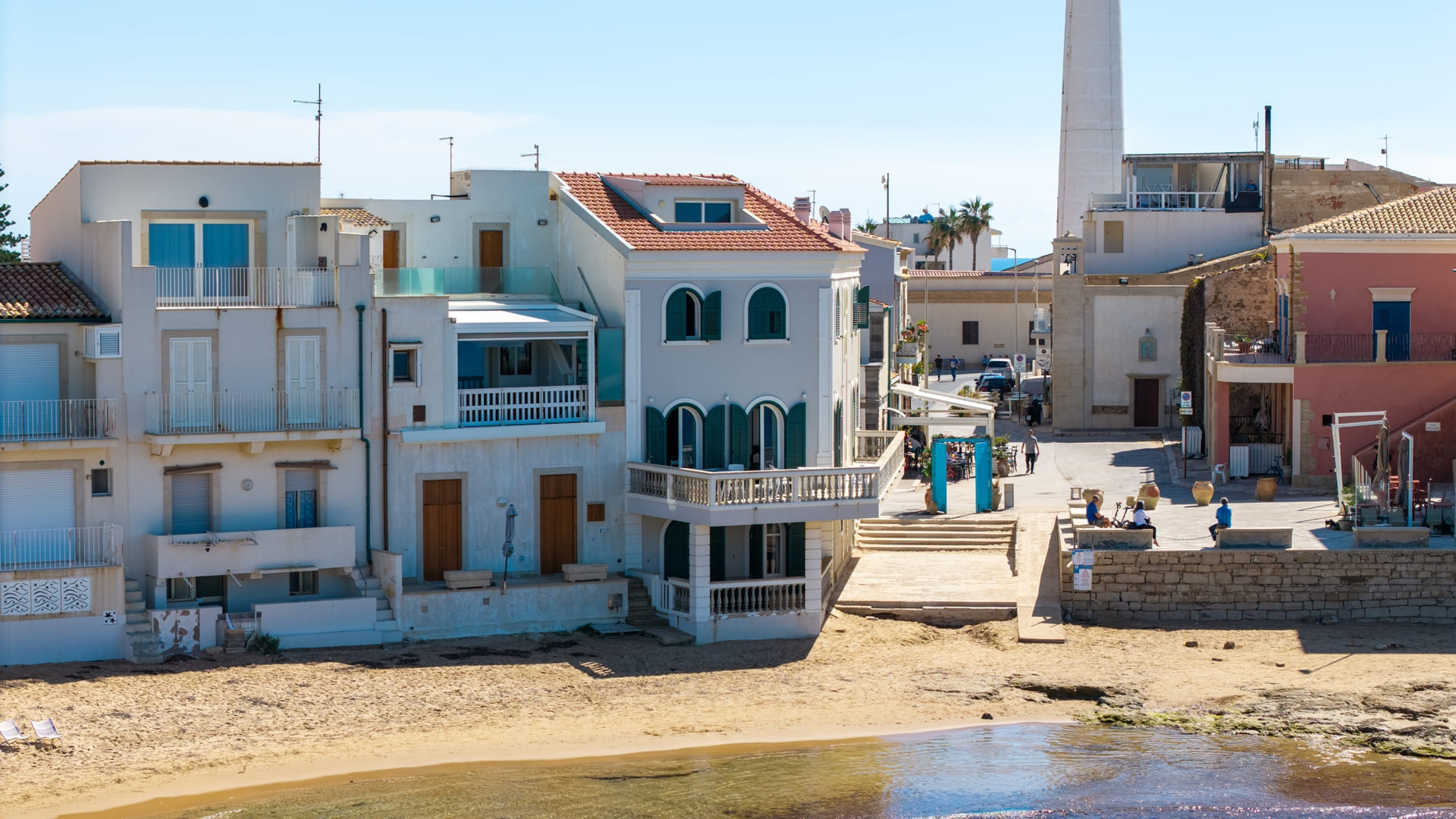
Casa di Montalbano
La “Casa di Montalbano” si trova in Corso Aldo Moro 44, nella suggestiva località costiera di Punta Secca, nel comune di Santa Croce Camerina. Costruita nei primi decenni del Novecento, originariamente serviva per la dissalazione delle sarde, ma nel 1904 fu trasformata in abitazione privata. Dal 1998, con le riprese della celebre serie TV ispirata ai romanzi di Andrea Camilleri, la casa è diventata la dimora del commissario Salvo Montalbano, guadagnandosi un posto speciale nel cuore dei fan. Oggi è anche un Bed & Breakfast, che permette ai visitatori di soggiornare in questo luogo iconico. La veranda con vista mare offre scorci suggestivi, mentre l’edificio mantiene intatta la sua autenticità, rappresentando un perfetto esempio di edilizia marinara tradizionale trasformata in set televisivo e meta culturale molto amata.

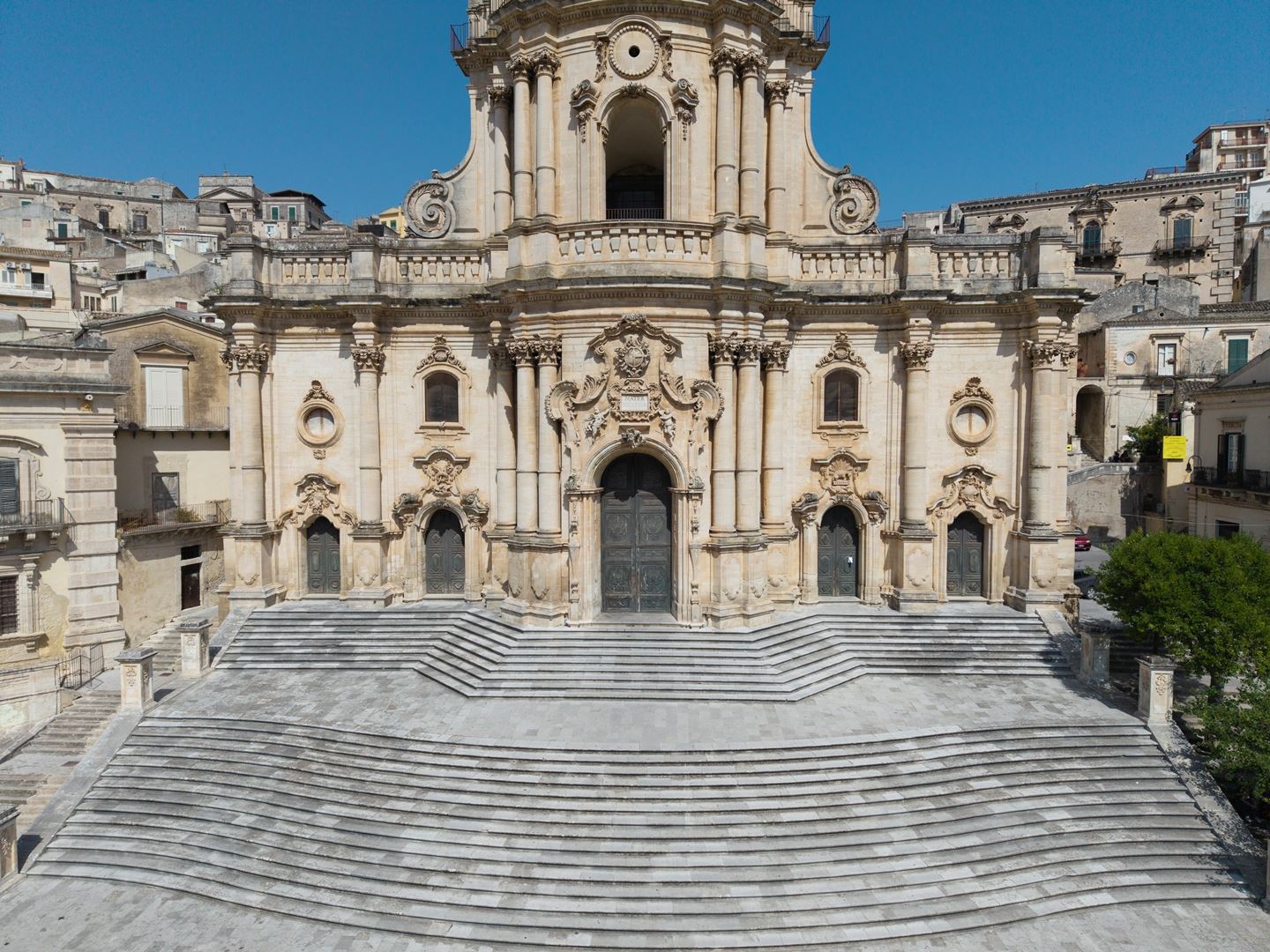
Duomo di San Giorgio
The Cathedral of San Giorgio is Modica's most majestic monument and one of the masterpieces of Sicilian Baroque. It was built over medieval buildings after the arrival of Ruggero d'Altavilla and, rebuilt several times after major earthquakes (1542, 1613, 1693), took on its current appearance between the 18th and 19th centuries. Architectural masterpieces such as the scenic staircase (up to 260 steps) and the 62 m high tower-facade emphasise its theatricality. Inside, a Latin-cross layout with 22 Corinthian columns, stucco work, frescoes, a monumental organ and works by Bernardino Nigro, Paladini, Cane and sculptors from Gagini create an impressive artistic itinerary. The floor sundial from 1895 and the “Santa Cassa” increase the cultural and historical value. A place of faith and identity, every year it is the scene of solemn processions, in particular that of St George, the city's patron saint. A UNESCO World Heritage Site, it is an essential stop for anyone visiting Modica who wants to immerse themselves in the splendour of the Eastern Baroque.


Cathedral of San Pietro

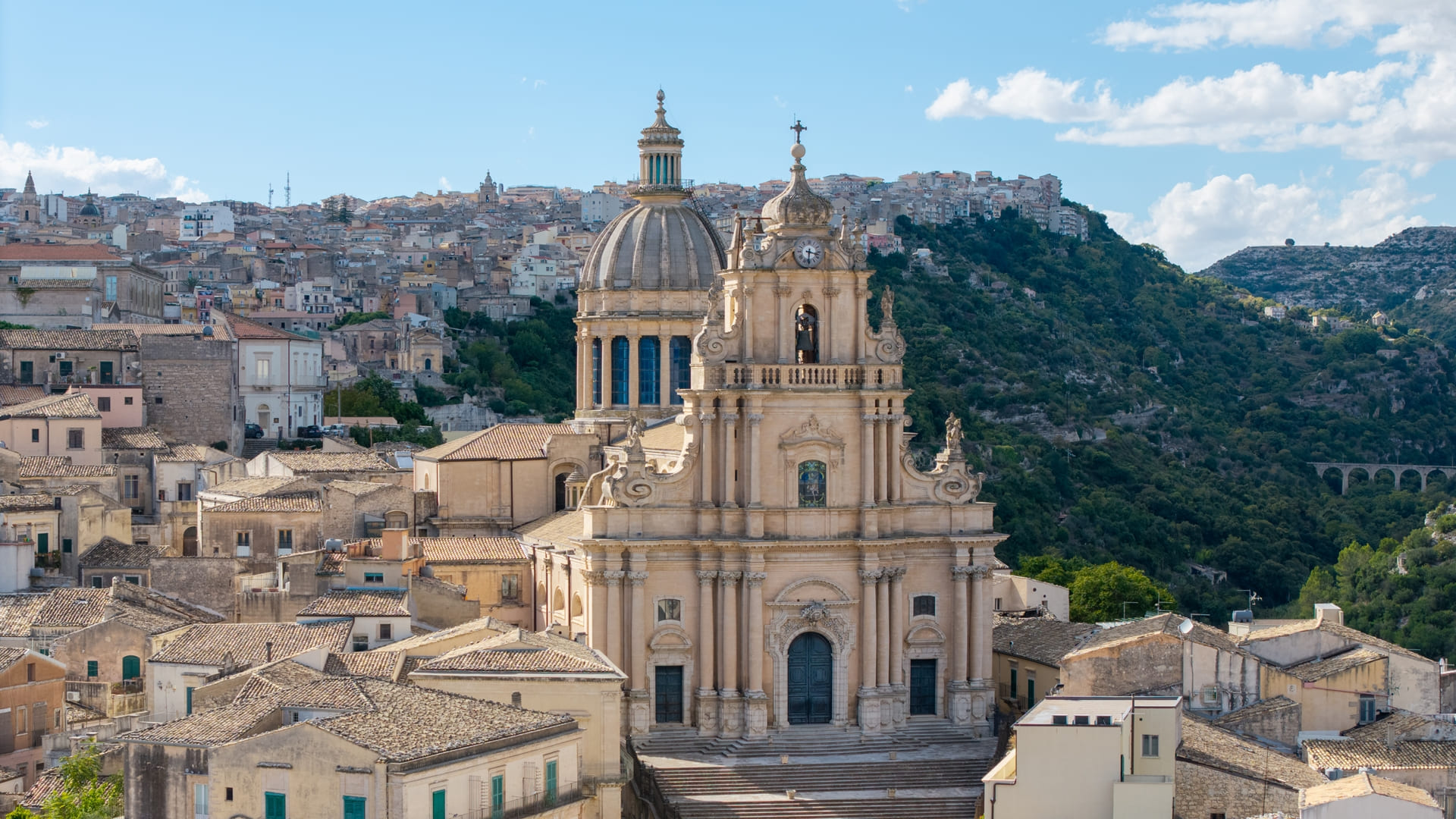
Square Duomo and the Church of San Giorgio

Donnafugata Castle
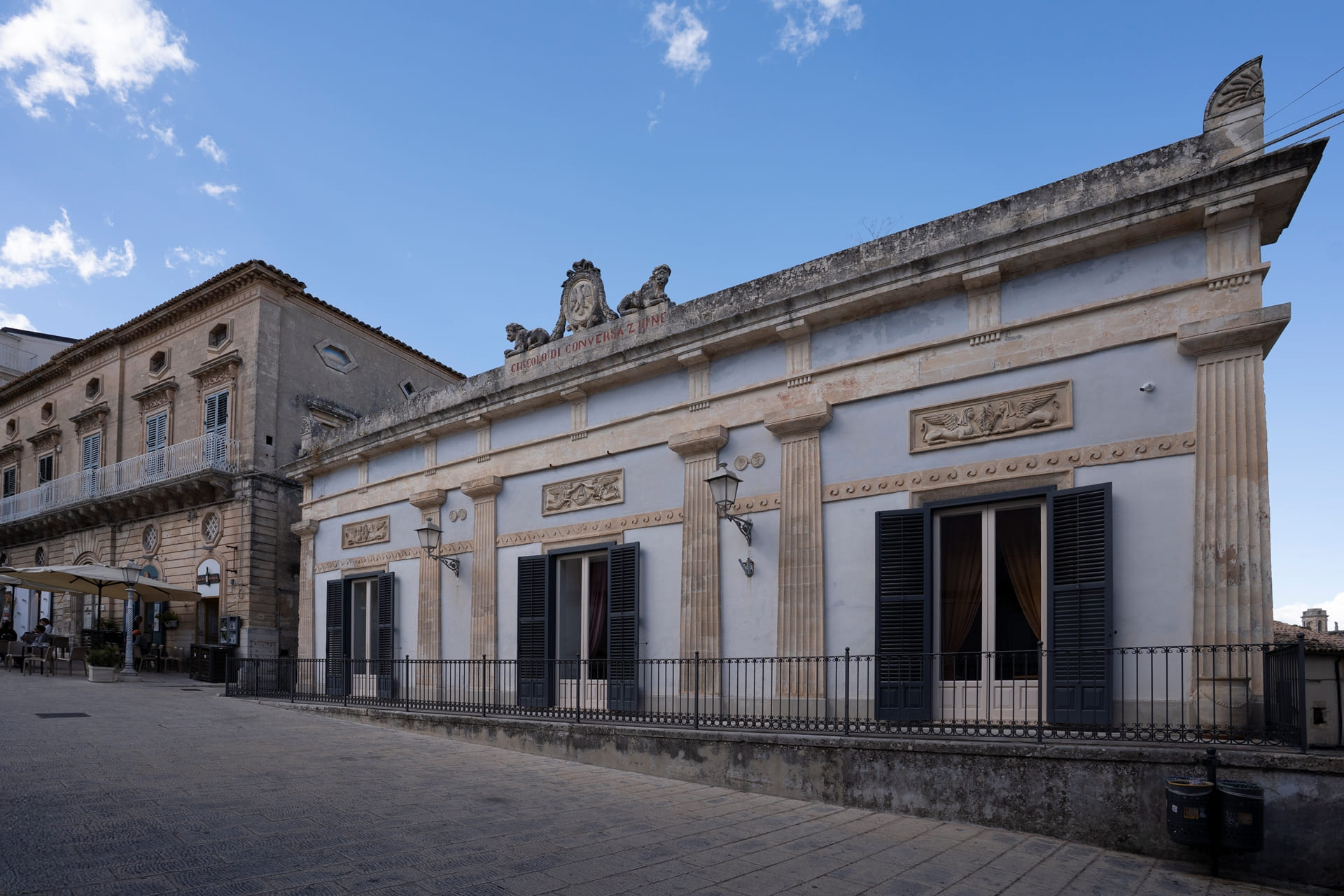
Conversation Club

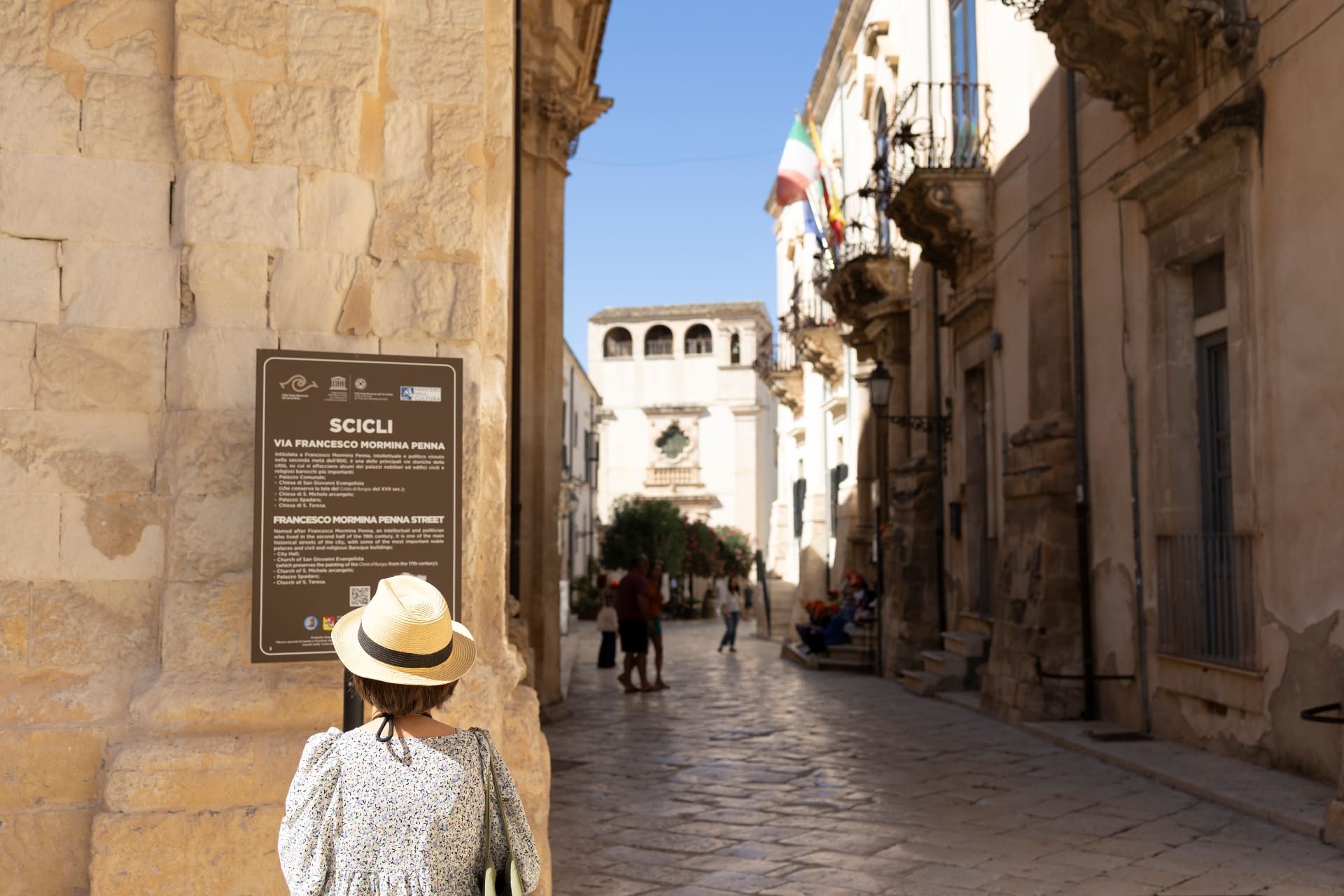
Via Francesco Mormina Penna


Fornace Penna

